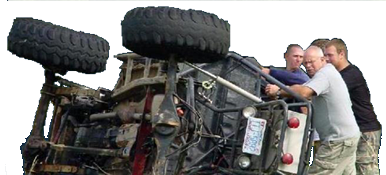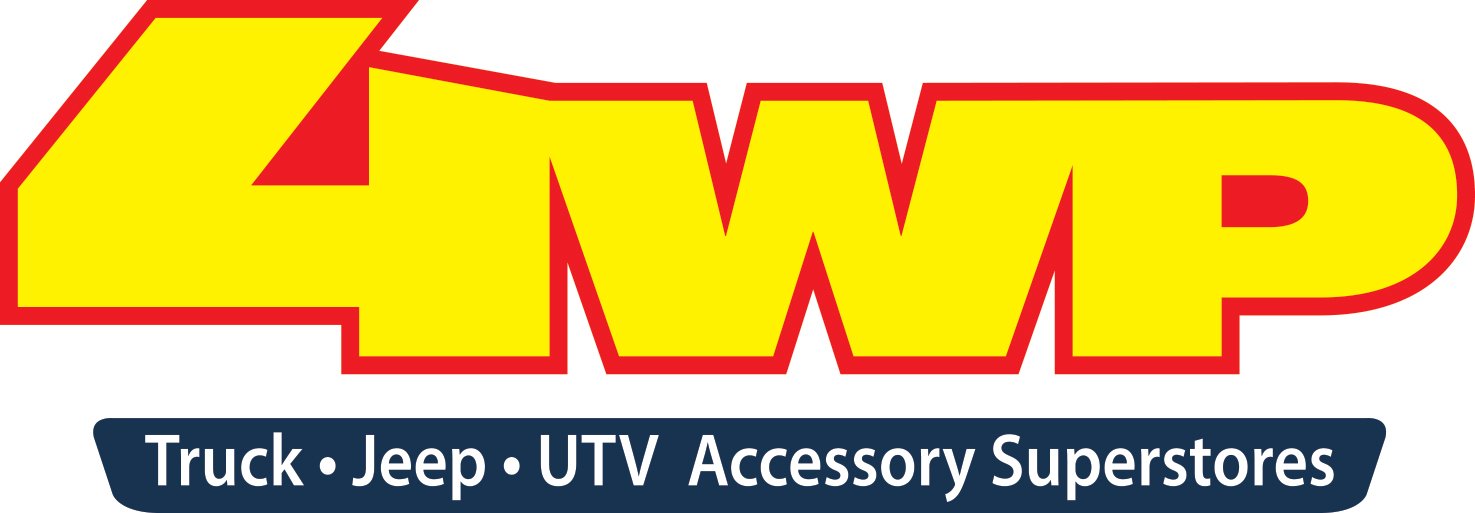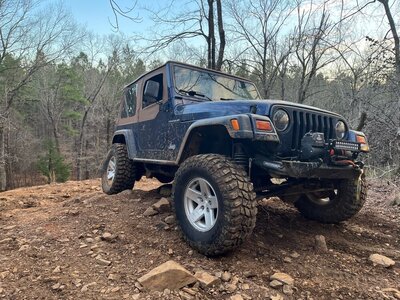dgoodwin10
Well-Known Member
- Joined
- Jul 22, 2014
- Location
- Birmingham, AL
Next up was to start installing the front clip to allow progress on the wiring and plumbing. The goal was to hear it run, so I installed the passenger fender and front grill, leaving the driver fender off to ease of access to that side of the engine bay if needed. The last 10% of a project takes 90% of the time and that has been no different here.

An engine needs 3 things to run: fuel, air and spark. To get the spark, the wiring harness, PDC and battery were installed and plugged in for testing and all new 4GA marine grade wire was run to the starter, PDC, engine ground and chassis ground. I build all my battery cables with marine grade wire with tinned lugs that are crimped (not soldered) on, with marine grade heat shrink on top of that, all protected with split loom and held on with heat shrink at either end. Additionally, all new spark plugs, plug wires, and coil were installed. The accessory drive was re-installed, as well as the throttle body to provide the air.
This left fuel delivery. I’d saved the fuel line from the Durango since I’d read that it was a plug and play – I found this to be incorrect for Durangos. Instead of trying to track down an OEM hose, I opted to purchase an Evil Energy AN-6 hose kit to plumb the fuel line (and will later use this for the transmission cooler). The kit has great reviews and is very well priced so I opted to give it a try.
The new fuel line was assembled and installed, so now we had fuel. And of course I had to see if this garbage ran. With the transmission in park, fresh oil in the motor and a few quarts of ATF I turned the key and was greeted with no gauges, but the starter did turn over. I pulled the harness and corrected a 5V supply wiring error. With the harness reinstalled, the gauges now worked and I cycled the key a few times to prime the fuel rails. As a note, the TJ only runs the fuel pump for 3 seconds until the engine is running. No leaks. I turned the key to start
And it fired right up.
It was alive, though only for a split second before shutting itself off. I’d read and assumed the Durango ECU would give me an issue, either from SKIM or triggering the security feature (yes, those are different features) from the lack of a BCM. I was greeted with a transmission code and an EVAP related code, so I had communication with the ECU… I’ll call that a win. Since I had another ECU from a 99 Ram that I’d hoped was SKIM free, I moved on to installing the cooling system and transmission cooler to allow the engine to run for a bit longer.
This is where this project starts to put up a fight.
An engine needs 3 things to run: fuel, air and spark. To get the spark, the wiring harness, PDC and battery were installed and plugged in for testing and all new 4GA marine grade wire was run to the starter, PDC, engine ground and chassis ground. I build all my battery cables with marine grade wire with tinned lugs that are crimped (not soldered) on, with marine grade heat shrink on top of that, all protected with split loom and held on with heat shrink at either end. Additionally, all new spark plugs, plug wires, and coil were installed. The accessory drive was re-installed, as well as the throttle body to provide the air.
This left fuel delivery. I’d saved the fuel line from the Durango since I’d read that it was a plug and play – I found this to be incorrect for Durangos. Instead of trying to track down an OEM hose, I opted to purchase an Evil Energy AN-6 hose kit to plumb the fuel line (and will later use this for the transmission cooler). The kit has great reviews and is very well priced so I opted to give it a try.
The new fuel line was assembled and installed, so now we had fuel. And of course I had to see if this garbage ran. With the transmission in park, fresh oil in the motor and a few quarts of ATF I turned the key and was greeted with no gauges, but the starter did turn over. I pulled the harness and corrected a 5V supply wiring error. With the harness reinstalled, the gauges now worked and I cycled the key a few times to prime the fuel rails. As a note, the TJ only runs the fuel pump for 3 seconds until the engine is running. No leaks. I turned the key to start
And it fired right up.
It was alive, though only for a split second before shutting itself off. I’d read and assumed the Durango ECU would give me an issue, either from SKIM or triggering the security feature (yes, those are different features) from the lack of a BCM. I was greeted with a transmission code and an EVAP related code, so I had communication with the ECU… I’ll call that a win. Since I had another ECU from a 99 Ram that I’d hoped was SKIM free, I moved on to installing the cooling system and transmission cooler to allow the engine to run for a bit longer.
This is where this project starts to put up a fight.



